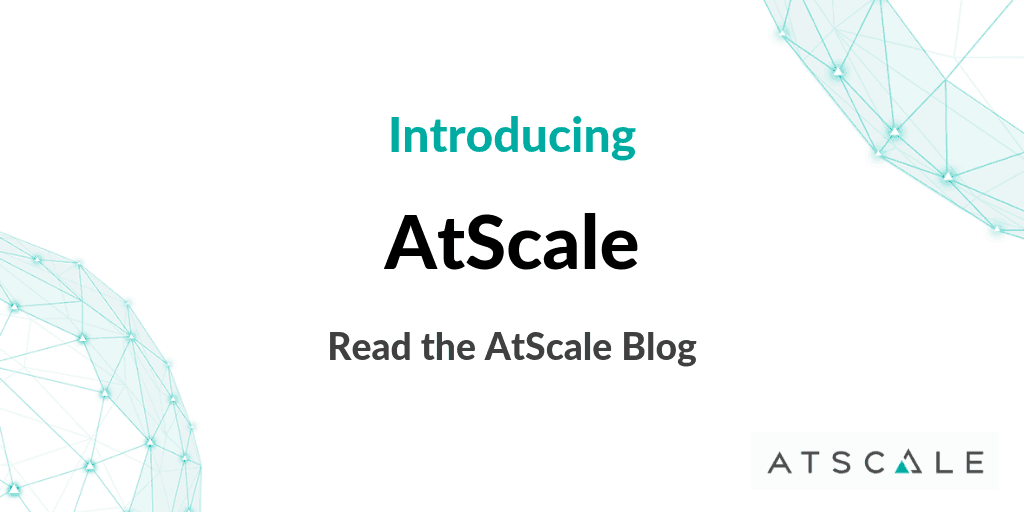
Like many people these days, I really love data. I started my career in the 90s evangelizing business intelligence (BI) and invented one of the first BI platforms for the enterprise. For the past 10 years, at companies like Yahoo! and Klout, I’ve been a consumer of other business intelligence platforms and I have been extremely underwhelmed and disappointed with the options, especially as they relate to Hadoop.
Starting Up
Just over 2 years ago my co-founders and I embarked upon a journey to re-invent the business intelligence platform. My co-founders were lucky enough to witness the birth of Hadoop at Yahoo! and we saw its potential to change how data is stored and processed. But we were responsible for making data in Hadoop usable by everyone, not just developers and data scientists, and it was next to impossible. For most information workers, the data interface is business intelligence – measures and dimensions. Yet, business intelligence platforms are wholly incompatible and unsuitable for use with Hadoop. We started AtScale not just to make Hadoop work for business intelligence, but to put an end to the compromises we have come to accept. Why do we need to choose what data is worthy for analysis? Why do we need to structure our data for the questions we have today?
Why We Like Hadoop
Most people think of Hadoop as a inexpensive way to archive data. That’s just one of the benefits. In our opinion, Hadoop’s real innovation lies in its ability to abstract away data’s form and type. This makes Hadoop ideal at storing all kinds of data in their most natural, messy forms. Hadoop gives us the ability to apply structure to data only when we have the questions that need answering. Hadoop makes “schema on read” a reality, providing a degree of agility and flexibility that wasn’t possible with relational databases that force us to apply “schema on load”. At AtScale, we built the world’s only business intelligence platform that turns Hadoop’s “schema on read” abilities into a truly dynamic, real-time OLAP cube.
OLAP is Back
Business users can’t spell OLAP or even know what it is, but they love it when they see it. OLAP is the data interface that business users understand and want work with. With a few exceptions, we largely abandoned OLAP long ago in favor of SQL because OLAP technology failed to keep pace with data growth. Well, I’m happy to say, “its back”. By combining the OLAP interface with the power of Hadoop, we have re-created that magical, “speed of thought” experience for end users at scale.
Would You Like Some Tableau with That?
If you’re like me, you like to have choices. Vendors who are selling business intelligence tools today don’t seem to share that sentiment. With AtScale, you choose which visualization tools to want to use – whether that’s ours, Tableau, Excel or even your own custom applications. The AtScale Analytics Platform is compatible with virtually any consumer on the planet because we support both SQL and MDX and we leverage your existing ODBC, JDBC or OLE/DB drivers.
Putting the “I” Back in “BI”
Running lots of queries as fast as you can is good, but not good enough. With AtScale, it’s now possible to analyze all your data in Hadoop. For our customers, that now means that they can analyze hundreds or even thousands of customer attributes. How does an ordinary human know where to start? Existing BI solutions force users to get lucky and stumble upon meaningful patterns. In contrast, the AtScale platform combines automated machine learning with OLAP interfaces to guide business users to actionable insights. That’s what we call “putting the I back in BI.” With the power of Hadoop and its ecosystem of processing engines adding in support for advanced analytics using Spark, search integration using Solr, segment creation on raw data, and more are all in the future for AtScale as we continue to redefine what Business Intelligence means.
Here at AtScale, we love data. Join us on our journey to put big data to work for everyone.


SHARE
Case Study: Vodafone Portugal Modernizes Data Analytics